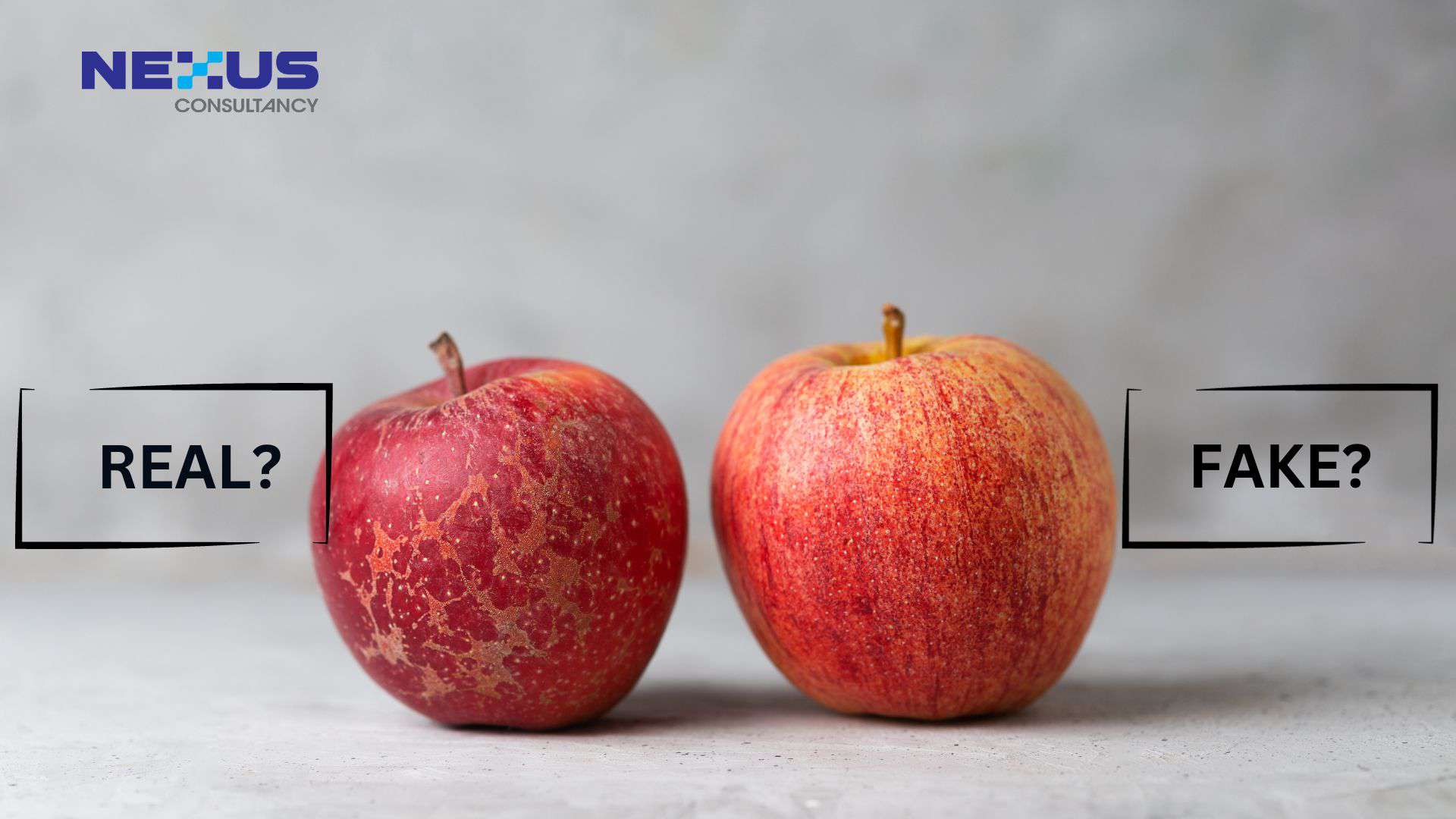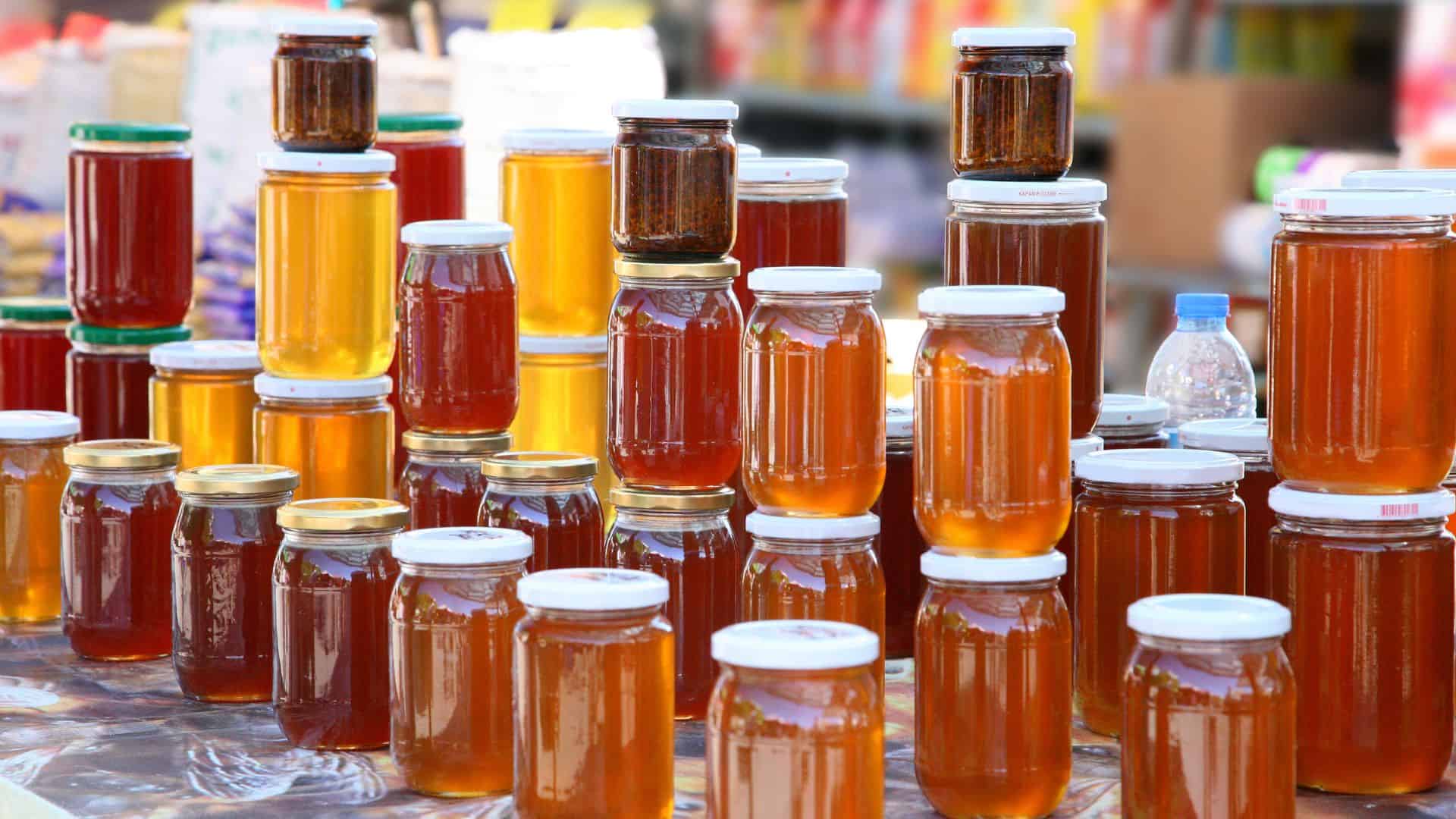
Danielle Tan
Chief Operating Officer
The ISO 14064-1 standard provides guidelines for organizations to quantify, monitor, and report greenhouse gas emissions and removals. This aims to explain the purpose and scope of ISO 14064-1, helping readers understand its importance in greenhouse gas reporting and environmental management.

Food is not just a necessity; it is a source of comfort, culture, and celebration. We trust that the products we buy and consume are safe, authentic, and accurately labeled. However, behind the enticing packaging and tempting advertisements, a sinister issue lurks in the shadows: food fraud. This global problem poses significant threats to consumer health, the economy, and the integrity of our food supply chain.
What is Food Fraud?
Food fraud encompasses a wide range of activities in which food products are intentionally misrepresented, altered, or adulterated for financial gain. It can occur at any stage of the supply chain, from farm to fork. The motivation behind food fraud is primarily economic, as unscrupulous individuals and organizations seek to maximize profits by deceiving consumers and cutting corners in production.
Common Types of Food Fraud
Adulteration: One of the most prevalent forms of food fraud involves diluting or replacing a genuine ingredient with a cheaper or inferior substitute. For example, adding water to milk, mixing lower-grade olive oil with high-quality olive oil, or substituting less expensive fish species for premium ones.

Counterfeiting: Counterfeit products mimic popular, well-known brands, deceiving consumers into believing they are purchasing a genuine product. This type of fraud is rampant in the wine and spirits industry, where counterfeit bottles are often filled with inferior or even harmful substances.
Mislabeling: Mislabeling occurs when food products are deliberately labeled with false information. This can involve incorrect country of origin labels, false organic certifications, or inaccurate nutritional information. Mislabeling is particularly concerning for individuals with dietary restrictions or allergies.
Packaging Fraud: Packaging can be manipulated to make products appear larger or more substantial than they actually are. Overly large packaging with a small quantity of product inside is a common tactic used to deceive consumers.
The Standard
| FSSC 22000 version 6 |
2.5.4 Food Fraud Mitigation 2.5.4.1 Vulnerability Assessment 2.5.4.2 Plan |
| BRCGS Food Safety Issue 9 |
5.4.1 Competency of the Team 5.4.2 Provision of Knowledge and Information 5.4.3 Vulnerability Assessment |

Preventing Food Fraud
Addressing food fraud requires a collaborative effort from governments, regulatory agencies, the food industry, and consumers. Here are some strategies to combat this issue:
Food Fraud Vulnerability Assessment: A Food Fraud Vulnerability Assessment is a systematic evaluation of a food product’s susceptibility to fraudulent activities, such as adulteration, mislabeling, or counterfeiting. It helps identify weaknesses in the supply chain and allows for targeted measures to mitigate food fraud risks.
Enhanced Traceability: Implementing advanced tracking systems in the supply chain can help identify discrepancies and fraudulent activities more easily. Technologies like blockchain can offer transparent and secure data sharing.
Increased Testing and Surveillance: Regular testing and surveillance of food products can help detect adulteration, mislabeling, and contamination early on. Regulatory agencies must allocate resources to support these efforts.
Stricter Regulations and Penalties: Governments should enact and enforce stricter regulations for food labeling and quality standards. Hefty penalties for those found guilty of food fraud can act as a deterrent.
Improved Consumer Education: Educating consumers about food fraud, label reading, and responsible purchasing can empower them to make informed choices and demand transparency from the industry.
Industry Collaboration: Food industry stakeholders should collaborate on initiatives to combat food fraud. Sharing best practices, standards, and technologies can help create a more resilient and trustworthy food supply chain.
Conclusion
Food fraud is a pervasive and insidious problem that threatens the safety, health, and trust of consumers worldwide. It’s a multi-faceted issue that requires a coordinated effort from governments, regulatory bodies, the food industry, and consumers themselves to combat effectively. By implementing strict regulations, improving traceability, increasing testing, and educating consumers, we can work together to protect our food supply and ensure that what we put on our plates is what we expect it to be: safe, authentic, and honest.
To learn more about food fraud vulnerability assessment, contact us to know more.






